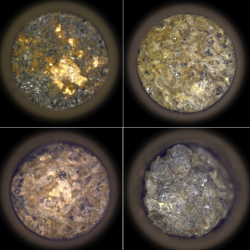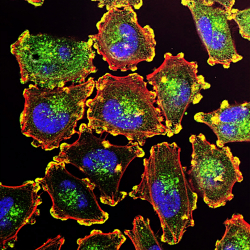
Your sweat holds a lot of information about the state of your health
Ryan Pierse/Getty Images
“Wow, you’re quite salty,” says Stefan van der Fluit, looking over my numbers. I could have told him that. I have just done a sweaty, 45-minute workout on an exercise bike and the salt is already starting to crystallise on my T-shirt. But van der Fluit knows exactly how salty. I have just sweated out 347 milligrams of sodium in 370 millilitres of water. That’s on the high side, sodium-wise, and I need to replenish.
Van der Fluit is the co-founder of a company called Flowbio, based in London, which specialises in sweat analysis for athletes. During my workout, I was wearing a sensor called the S1 on my upper arm, which collects sweat in a tiny channel, automatically measures its volume and sodium concentration, and transmits the data to a smartphone app. Using that data, the app calculates my total losses.
If I were an endurance athlete, that data would be extremely valuable, perhaps the difference between winning and losing. I’m not, but van der Fluit is. As a competitive cyclist, he has had long-standing problems with dehydration. But since he started using the sweat sensor, they have gone away, and his performance has improved.
Flowbio’s S1 is one of a handful of wearable sweat sensors that have come onto the market in the past few years. They are mainly aimed at people who sweat a lot in the course of their jobs – athletes and manual workers – but they are also available to…








Leave a Comment